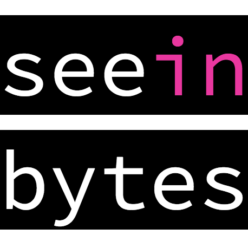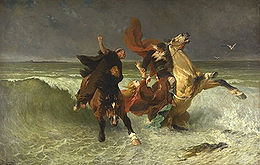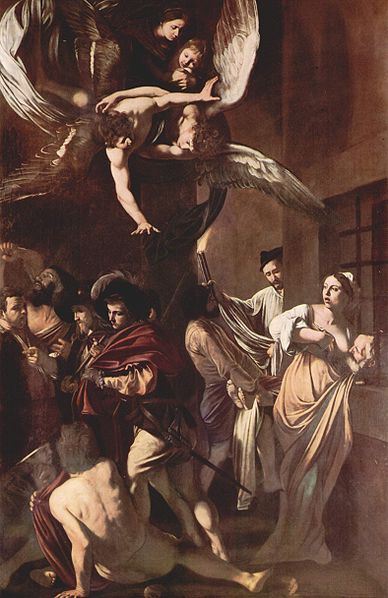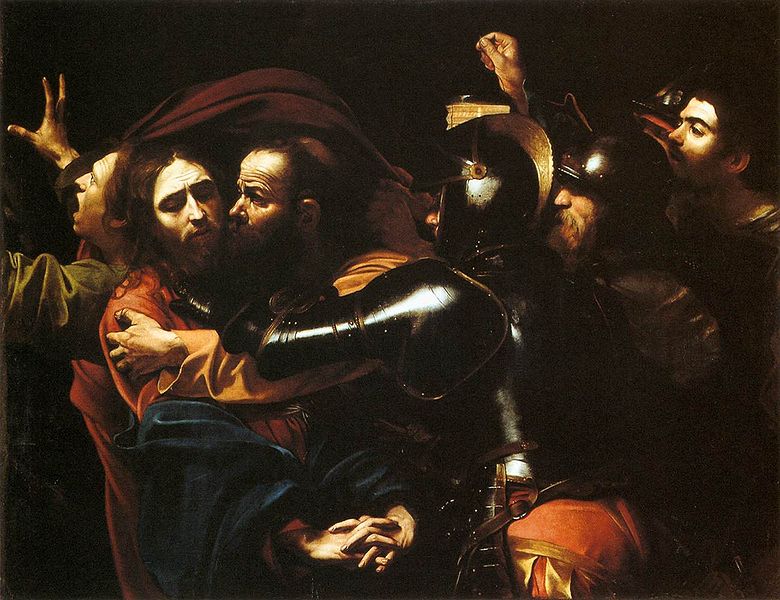So I’m making my way through Ys II. It is an improvement in every way over Ys. It introduces magic, varied equipment, the characters are better (but still basic), and even has something of a cute mascot creature (a Roo) that succeeds at being more moogle than… what’s an annoying mascot? I like DQ’s slime, and even Shin Megami Tensei’s Jack Frost isn’t that bad. So I guess that’s sort of the point, they’re all pretty much the exact same and this little guy is more of that (or technically you can transform yourself into one and then talk to the game’s monsters).
*The rest of this is a seriously nerdy argument, so keep a strong screen on the situation when you debate something like this. If you ever feel you should talk about this with someone you have a crush on, don’t.
When I went to look up Ys on wikipeida, and hopefully eventually find a sketch of one of these “roos”, it instead first took me to the page of a “real” mythical city that was supposed to exist off the coast of Brittany until it was swallowed by the ocean. Wikipedia tells us it looked something like this (Flight of King Gradlon, by E. V. Luminais, 1884):
Seeing the picture took my mind off of “roos” and reminded me how art should be used more often as inspiration for videogames. And I’m not talking about the ability of games to be called art, or have characteristics of art, or even to look like art, but simply the visceral nature of art. When I see Caravaggio’s art, I see the possibility to transfer that raw emotion into an amazing game:
Recently, I felt a few moments of this when playing Tactics Ogre. They often came at visceral moments, but also at strange times (the background of the shop screen had so much personality that it gave me a strange feeling as I waited for the words to scroll past on the screen).



